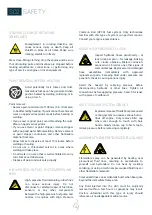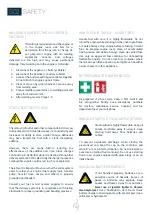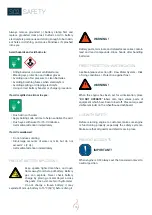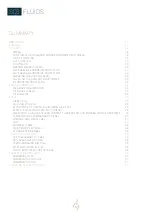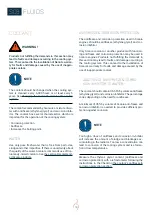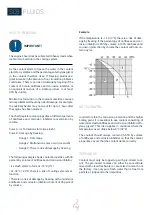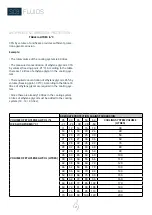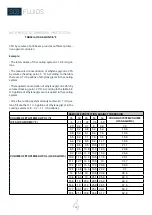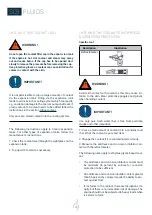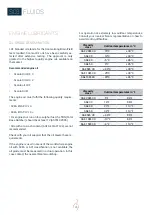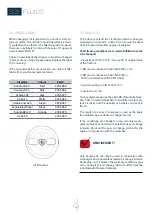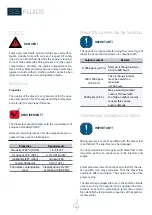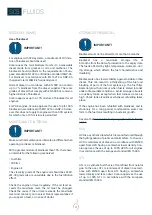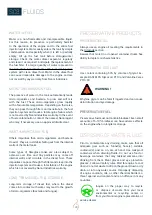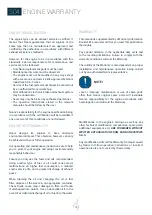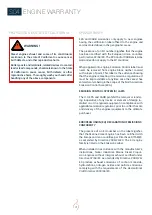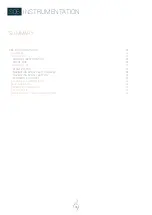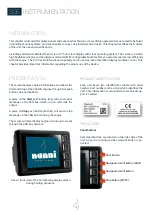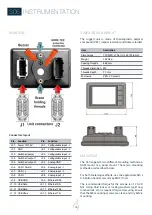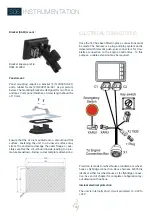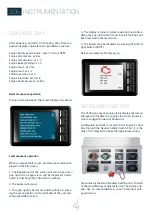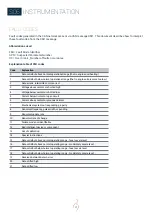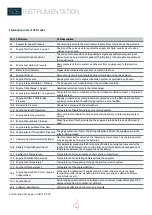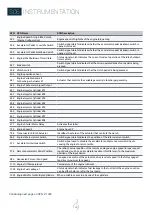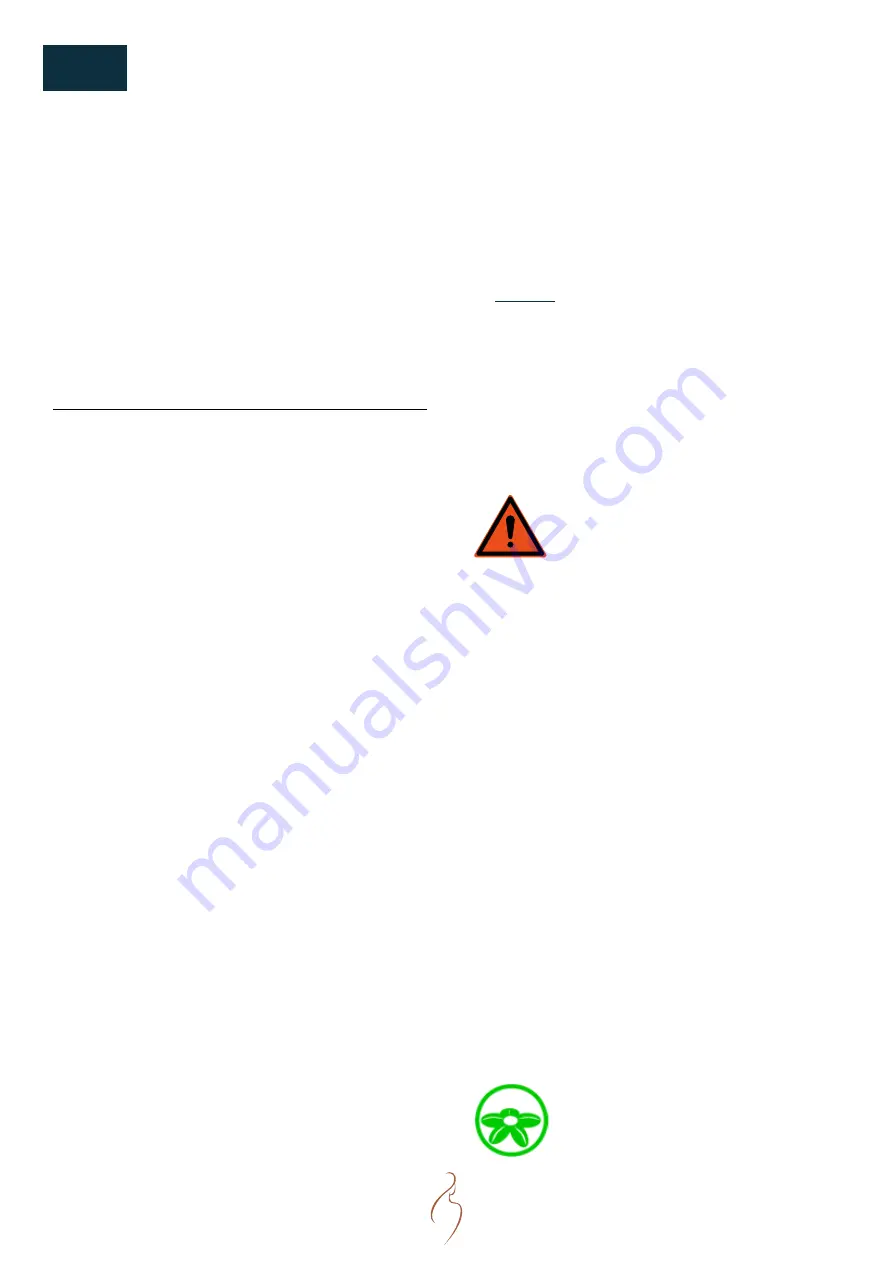
28
WATER IN FUEL
Water is a non-flammable and incompressible liquid.
For this reason, its presence is particularly harmful
to the operation of the engine and to the entire fuel
injection system. Water easily enters the tank by simple
condensation and especially when it is left or partially
empty. Fill up the fuel tank before storage/winter
storage. Check the water-diesel separator regularly
and clean it as required. Anticipate the replacement of
the fuel filter. If a large quantity of water is present in
the tank, drain it and flush the entire fuel and injection
system with clean diesel fuel. Water in the diesel fuel
can cause irreparable damages to the engine and are
not covered by any warranty from Nanni Industries.
MICRO-ORGANISMS IN FUEL
The presence of water in the tank automatically leads
micro-organisms and bacteria to grow and will mix
with the fuel. These micro-organisms grow rapidly
with a favourable temperature. Depending on their size,
they can pass through filters and penetrate in the fuel
injection system and cause a total engine failure which
is not covered by Nanni Industries warranty. In the event
of fuel contamination, contact the nearest Nanni agent
who may, if necessary, use an approved disinfectant.
INERT IMPURITIES IN FUEL
Others impurities than micro-organisms and bacteria
do exist : they are rust debris falling out from the internal
walls of the metal tanks.
Some types of fibreglass tanks are also subject to
osmosis over time and tiny particles may come off
internal walls and circulate in the diesel fuel. These
impurities can pass through the filters and creep into the
injection system and cause a total failure of the engine
which is not covered by Nanni Industries warranty.
LONG TERM DIESEL FUEL STORAGE
Long-term storage of diesel fuel, where the diesel
comes into contact with water, may lead to the growth
of micro-organisms (bacteria and fungus).
PRESERVATIVE PRODUCTS
PRESERVATIVE OIL
Always use an engine oil meeting the requirements in
the Oil grade section.
Beware that moist in oil opened container drums has
ability to deplete oil characteristics.
PRESERVATIVE COOLANT
Use coolant containing 50% by volume of glycol. Ex-
ample: BASF MPG Glysacorr P113 and Valvoline Zerex
P113 FP.
WARNING !
Ethylene glycol can be fatal if ingested and can cause
skin irritation and eye damage.
PRESERVATIVE FUEL
Preservative fuel must not contain biodiesel. Even small
amounts of 5-10% biodiesel can have adverse effects
on the engine when in longterm storage.
DISPOSING OF WASTE FLUIDS
Prior to contemplate any draining, make sure that all
adequate gear such as: funnel(s), hose(s), suitable
container(s) and so on, are at hand. Use leakproof
containers when draining fluids. Do not use food or
beverage containers that may mislead someone into
drinking from them. Wear gloves and eye protection
glasses. Follow all safety rules. Wait for engine to cool
down. Do not let waste to drip on the ground, down a city
drain, or into any water source. Improperly disposing
of engine coolants, oils, or other chemical fluids is a
threat against environment and is an offence in many
countries.
Inquire on the proper way to recycle
or dispose of waste from your local
environmental or recycling center, or
from your Nanni engine representative or
service dealer.
S03
FLUIDS
Summary of Contents for N16.1000 CR3
Page 2: ......
Page 4: ......
Page 34: ...34 S05 COMPONENTS ENGINE VIEWS N16 CR3...
Page 35: ...35 NOTES...
Page 48: ...48 S06 INSTRUMENTATION SYSTEM LAYOUT INCLUDING OPTIONS...
Page 118: ......

